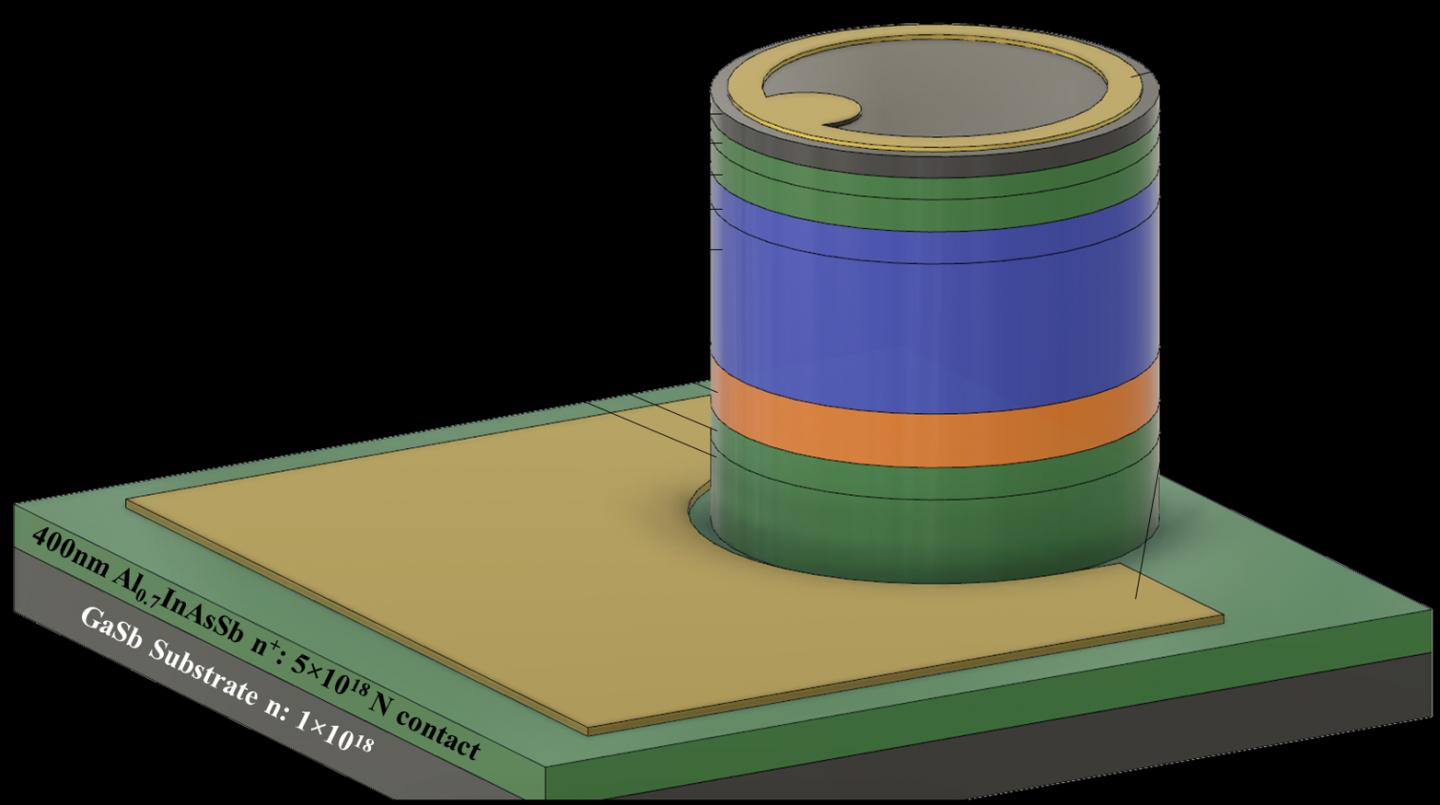Research team consisting of electrical and computer engineers at the University of Virginia and University of Texas-Austin has developed an avalanche photodiode that achieved record performance that could transform receiver components for LiDAR.
The breakthrough was published in Nature Photonics on May 18, 2020, under the title “Low-noise high-temperature AlInAsSb/GaSb avalanche photodiodes for 2-μm applications.” Researchers said the low-noise, 2-μm avalanche photodiode can achieve eye-safe high-power operation.
The team used the novel optical and electrical characteristics of a digital alloy created in Laboratory for Advanced Semiconductor Epitaxy. Seth R. Bank, a professor at University of Texas employed molecular beam epitaxy to grow the alloy, composed of aluminum, indium, arsenic and antimony. The alloy combines long-wavelength sensitivity, ultra-low noise, and the design flexibility that is needed to achieve low dark currents, which is not available with existing low-noise avalanche photodiode materials technologies.

(Image: University of Virginia)
"Our ability to control the crystal growth process down to the single atom-scale enables us to synthesize crystals that are forbidden in nature, as well as design them to simultaneously possess the ideal combination of fundamental material properties necessary for efficient photodetection," Bank said.
The team's avalanche photodiode is an ideal solution for compact, high-sensitivity LiDAR receivers. Many LiDAR applications, such as robotics, autonomous vehicles, wide-area surveillance and terrain mapping, require high-resolution sensors that can detect greatly attenuated optical signals reflected from distant objects. Eye safety has limited the adoption of these next-generation LiDAR systems, however, because the requisite higher laser power poses an increased risk of eye damage.
"The 2-micrometer window is ideal for LiDAR systems because it is considered eye-safe and extends the detection reach." Campbell said. "I can envision our avalanche photodiode impacting numerous key technologies that benefit from high sensitivity detectors."












